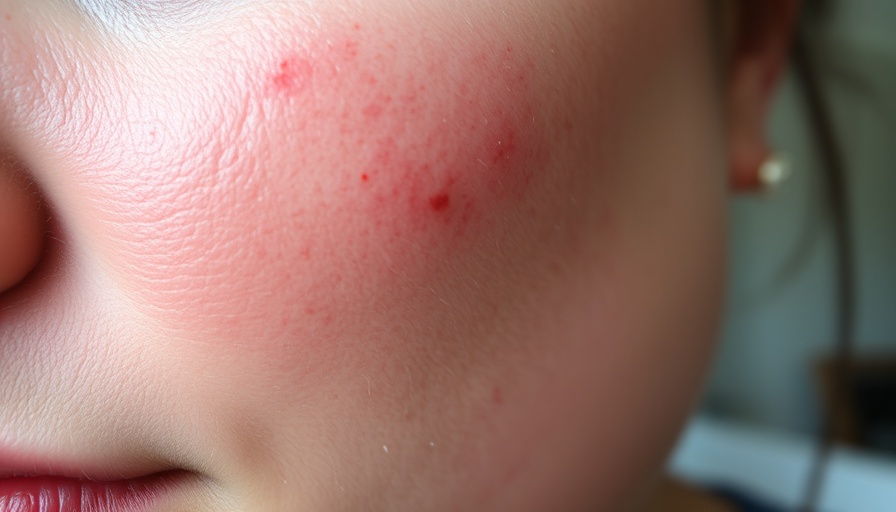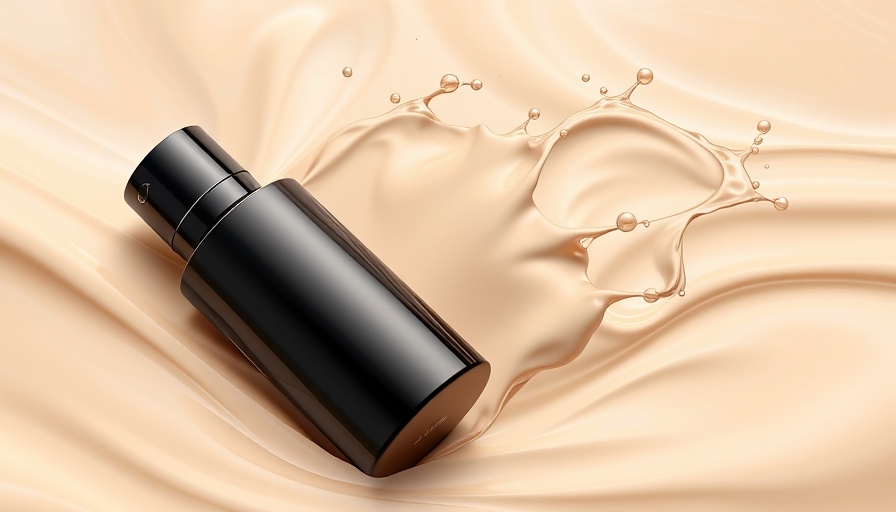
Exploring the Synergy of IPL and BoNT/A for Rosacea Treatment
In the ever-evolving field of aesthetic medicine, managing rosacea remains a significant challenge due to its complex nature. Recently, a ground-breaking study illuminated the promising results achieved by combining Intense Pulsed Light (IPL) and Botulinum Neurotoxin Type A (BoNT/A). This dual approach not only addresses both inflammatory and vascular components of erythematotelangiectatic rosacea but also opens new therapeutic horizons, particularly for patients with Fitzpatrick skin type III.
A Closer Look at IPL's Mechanism
Intense Pulsed Light therapy offers a non-invasive solution for various skin conditions, including rosacea. By emitting a spectrum of light ranging from 500 to 1200 nm, IPL specifically targets the visible blood vessels and inflammatory lesions characteristic of this skin disorder. Its efficacy derives from its ability to stabilize mast cell membranes, reduce cytokine release, and inhibit various inflammatory mediators. However, standalone IPL treatment often produces transient results, leading to the search for complementary therapies.
Understanding the Role of BoNT/A
Botulinum Neurotoxin Type A plays a critical role in managing rosacea by inhibiting acetylcholine release, thereby reducing vasodilation and controlling inflammation. The combination of BoNT/A with IPL could significantly enhance treatment outcomes, as confirmed by a recent study showing 64% of participants achieving either mild or normal status within just four weeks of treatment.
Implications for Aesthetic Professionals
For MedSpa owners and aesthetic professionals, the emergence of this combined therapy is a pivotal development. Offering patients a dual-treatment option not only amplifies therapeutic effectiveness but also expands the service portfolio of aesthetic practices. With patient satisfaction rates soaring, presenting IPL and BoNT/A synergy as a treatment plan could significantly enhance client retention and attract new clientele.
Looking Forward: Future Research and Applications
Despite promising results, the need for larger clinical trials remains crucial to fully substantiate the efficacy and safety of this combined approach across diverse populations. As research advances, aesthetic professionals must stay informed about emerging technologies and methodologies that could optimize treatment protocols for rosacea and other skin conditions.
 Add Row
Add Row  Add
Add 

 Add Element
Add Element 


Write A Comment